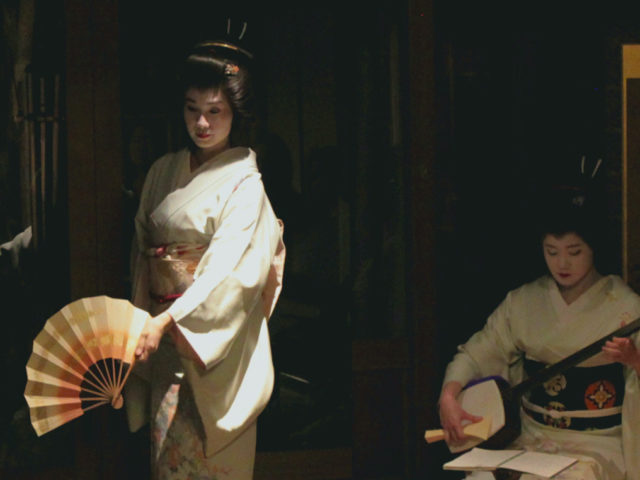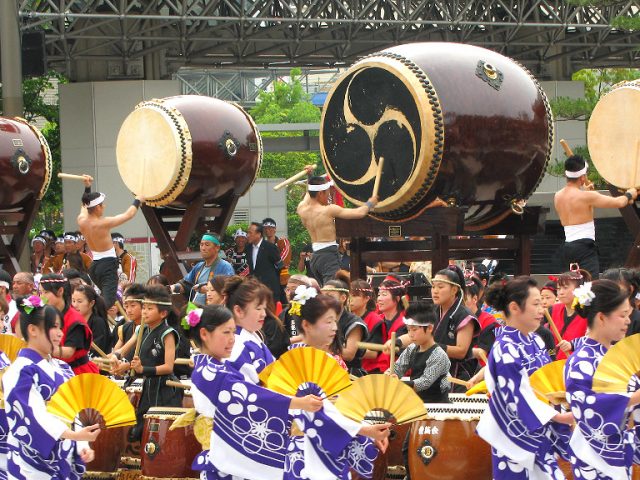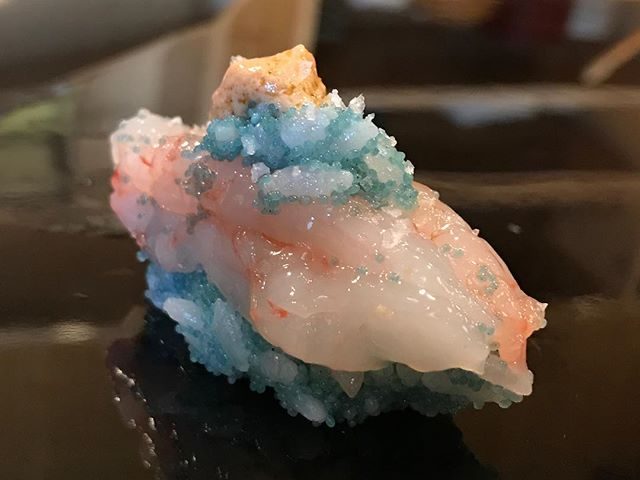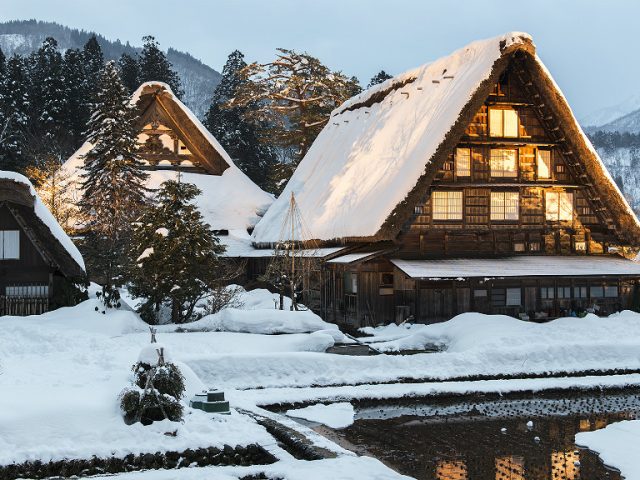Plan your Kanazawa itinerary: How to know where to go!
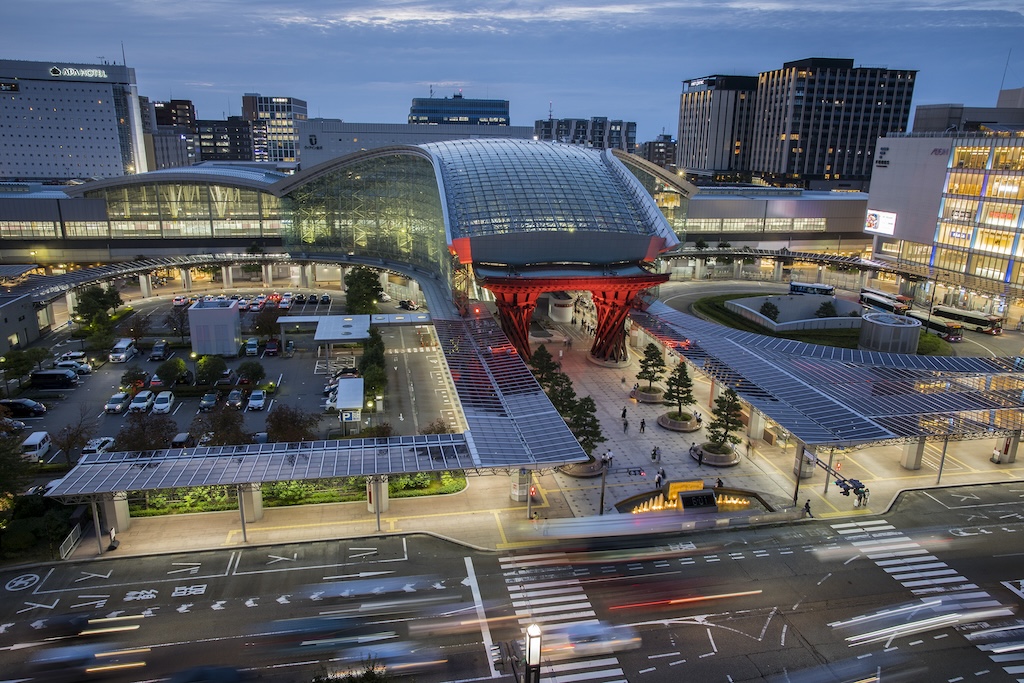
What should you see while in Kanazawa?
- Start with the most popular places
- Discover Kanazawa’s hidden gems
- Move through the castle town like a local
Important questions for your Kanazawa trip!
- Is Kanazawa worth it?
- How long should I stay in Kanazawa?
- Where should I stay in Kanazawa?
- What’s the weather like in Kanazawa?
- When are high and low seasons?
Most Popular
Hidden Gems
Like a Local
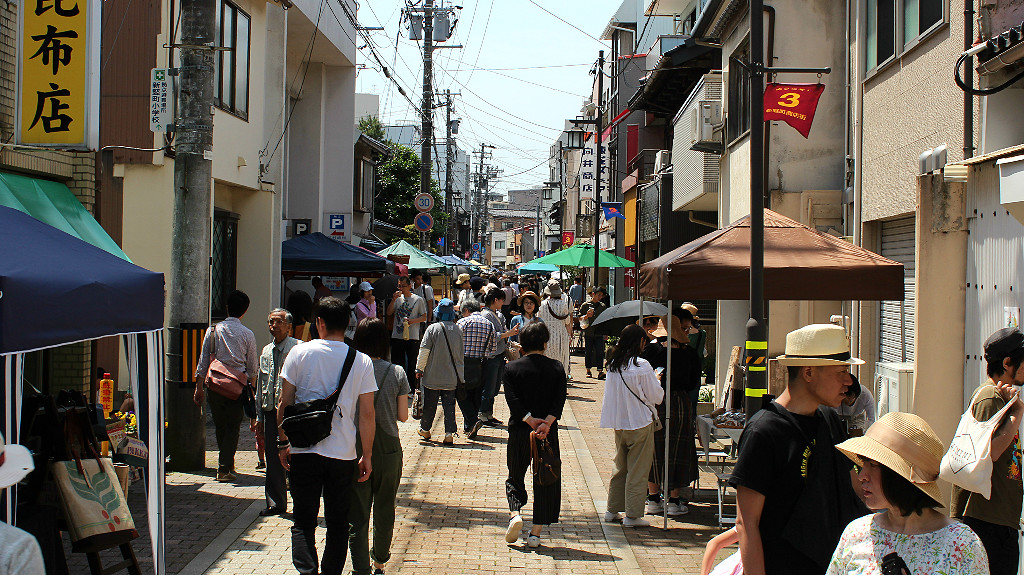 COMING SOON
COMING SOONshopping, prayer, & more
Is Kanazawa worth it?
Kanazawa is definitely worth a visit with more to offer than you’ll find in most tour guides. In addition to it’s great number of hidden gems, unique craft activities, and family-owned restaurants, Kanazawa has one of the best gardens in all of Japan and an abundance of delicious seafood off its west coast. After spending time in its laid-back atmosphere, visitors most often lament, “I wish I’d stayed longer!”
How long should I stay in Kanazawa? Is one day enough?
One day is not enough! The biggest mistake most first-time visitors to Kanazawa make is trying to fit everything in less than 24 hours. We highly recommend you give yourself no less than two days in Kanazawa, though you can easily fill a week whether or not you’re including nearby day trips to the many countryside onsens and farm villages in the area.
Where should I stay in Kanazawa?
If being close to most of Kanazawa’s best sightseeing spots and events like the Haykumangoku Festival or Kanazawa Marathon is important to you, or if you love the sound of vinyl records in the evening, then please consider staying with us!
Kaname Inn Tatemachi is a great place to stay in Kanazawa as it’s conveniently located in walking distance of Kanazawa’s most popular spots: Kenrokuen Garden, Kanazawa Castle Park, the Samurai Neighborhood, the 21st Century Museum of Contemporary Art with its kid-friendly playground-like outdoor exhibitions, and we’re square in the middle of four restaurant and shopping districts. What’s more, if you need a workout, we’re a block away from a gym that accepts one-day visitors, and just ten minutes from the Sai River to the south, with its own dedicated running path populated by local jogging enthusiasts.
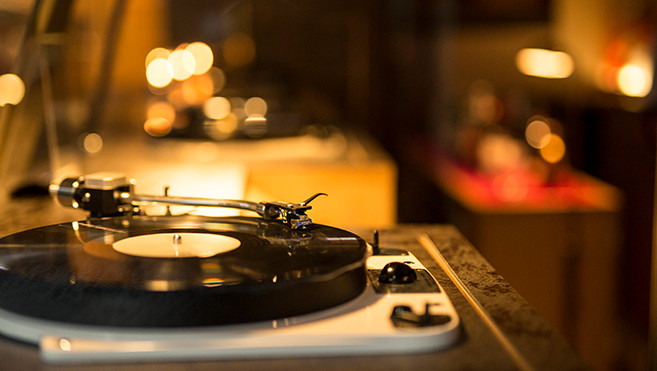
Wind down your evening at Kanazawa Music Bar, where hotel guests get an exclusive Happy Hour discount off our signature cocktails made with local ingredients. In your hotel room, ease your mind after a bustling day in a Zen-inspired room evoking the quiet and contemplative spaces of the 21st Century Museum of Contemporary Art and the D.T. Suzuki Museum. The familiarity of a firm, western-stye bed will ease you to sleep.
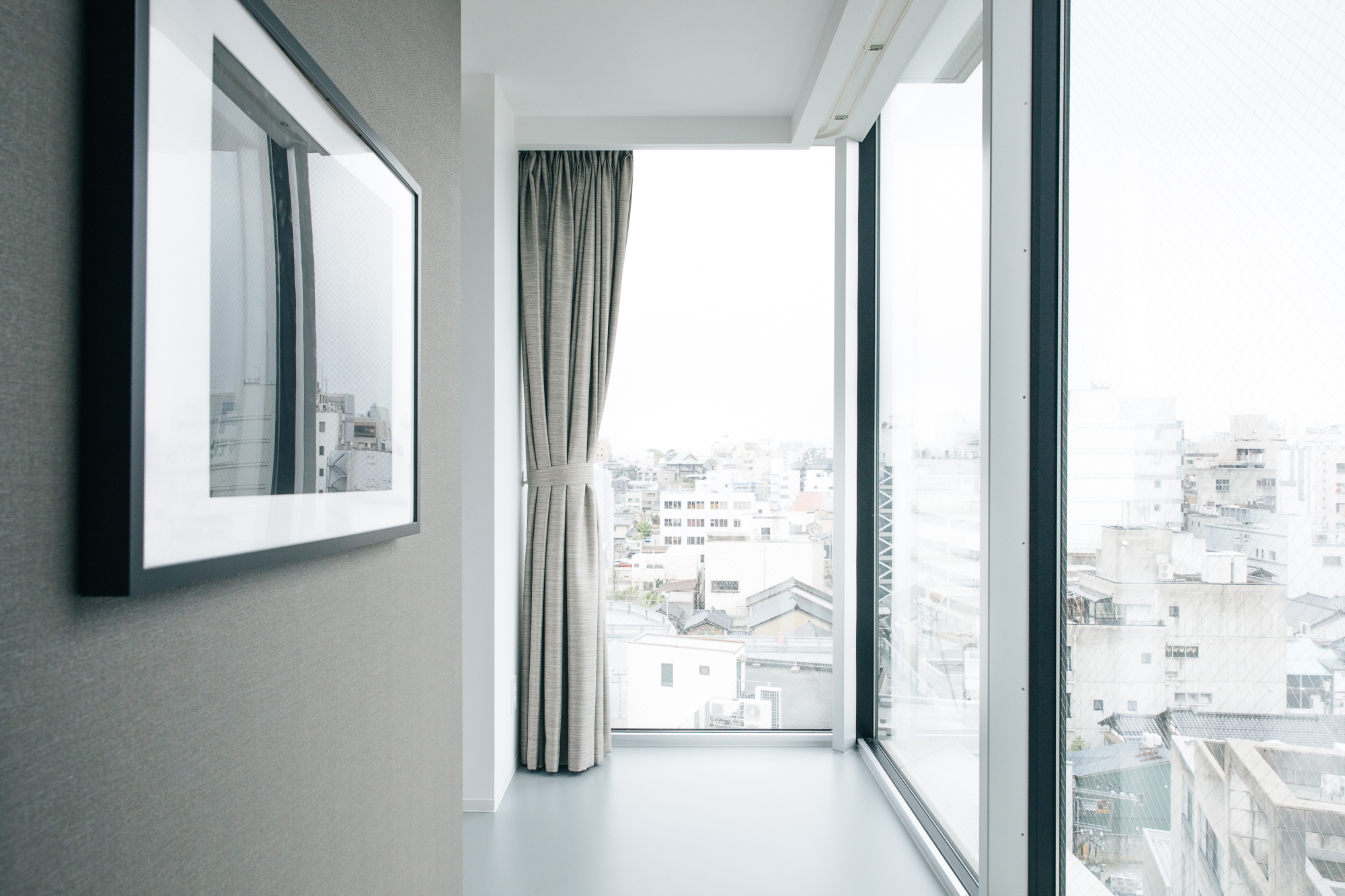 The floor to ceiling windows of Kaname Inn’s popular Corner Twin room
The floor to ceiling windows of Kaname Inn’s popular Corner Twin room
What’s the weather like in Kanazawa?
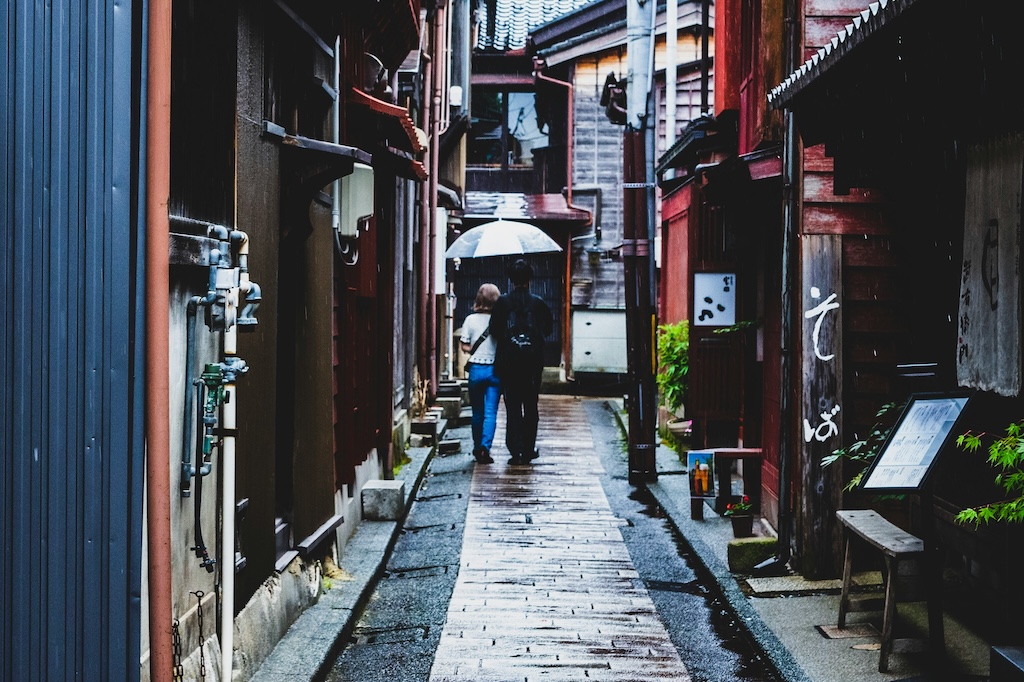
The Hokuriku region is one of the most precipitous in all of Japan, and Kanazawa is no exception. In fact, there’s an important adage spoken in Kanazawa:
You’re fine to forget your lunchbox, but never forget your umbrella!
Even so, one rarely need worry about typhoons. Mount Haku, the holy mountain to the south, and its surrounding range break up the stronger winds that come on the north and west sides of such storms.
It’s a good idea to pack some waterproof shoes if coming during the rainy season in June or July or the heavy hails and snows throughout winter.
When are high and low seasons in Kanazawa?
Late March to early May and October through November are the busiest seasons, so reserve rooms, restaurants, and train tickets early. Of course, the big draw for each season is the flowers and autumn foliage, respectively. There are also busy events throughout the year, such as the Hyakumangoku Festival in early June, the weeklong Obon celebration in August, or the night before the Kanazawa Marathon in late October.
For those looking to enjoy fewer crowds, look to visit in early to mid summer or anytime in winter outside of the New Year holidays. Early summer offers great weather before the rainy season. Winter is the best season for seafood, especially for the local crab catches off the nearest shores.
Despite winter being low season for Kanazawa, visitors who plan to go to Shirakawa-go by bus should book as early in advance as possible (up to one month), as the snowy farm village will be expieriencing its peak season.
Nearly everywhere in Japan has fantastic customer service, and most people will try to tell you what you want to hear, if for no other reason than to lift your spirits. There are some things you’ll find less in Kanazawa than other places (e.g., ninja culture, beaches, night life, etc.). However, there are certain aspects of Japan that only Kanazawa can do so wonderfully, that missing it would be the greatest shame for anyone lucky enough to stay in this ancient city.
Come to Kanazawa if you’re interested in the following:
- geisha and where they work
- samurai (politics, daily life, tensions during peacetime)
- seafood!
- Zen Buddhism
- tea ceremony & culture
- Japanese gardens
- casual onsen & sento culture
- kimono silk (yuzen)
- contemporary art
- traditional crafts of the samurai class (as opposed to that of Kyoto’s aristocracy)
- intersections of contemporary and traditional Japan

About a decade ago Rachel fell off a bus and then fell in love with this traditional-crafts and ice-cream-consuming capital of Japan. Editor and amateur photographer with a penchant for nature and history. Not actually fifty songbirds in a trench coat. (Former penname: Ryann)

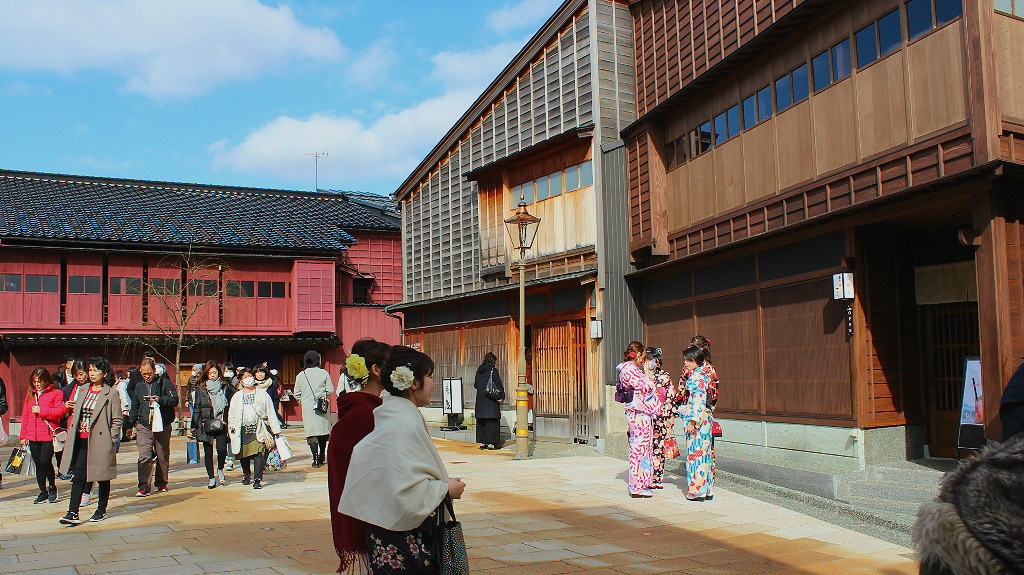 Higashi Chaya Gai
Higashi Chaya Gai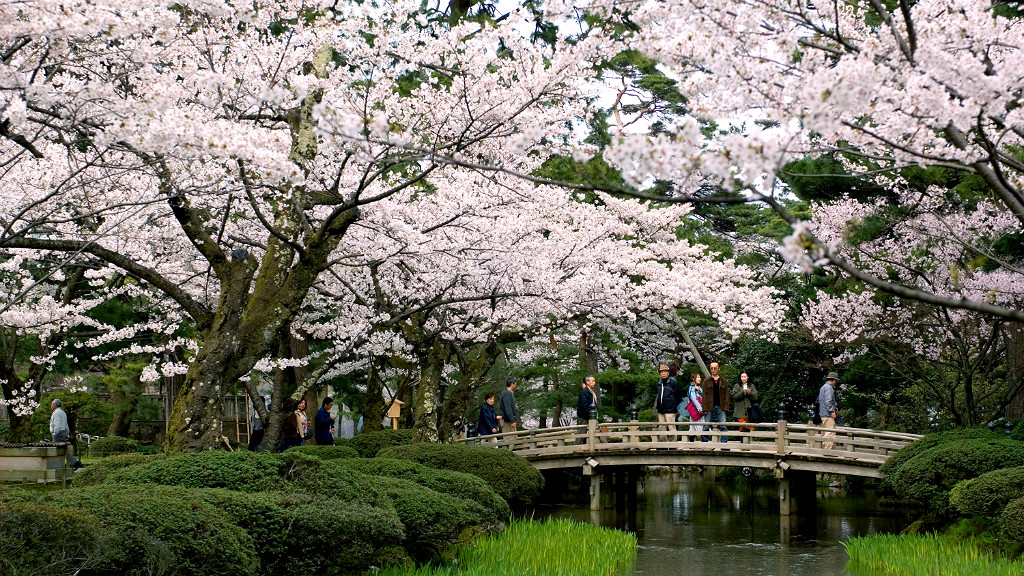 Kenrokuen Garden
Kenrokuen Garden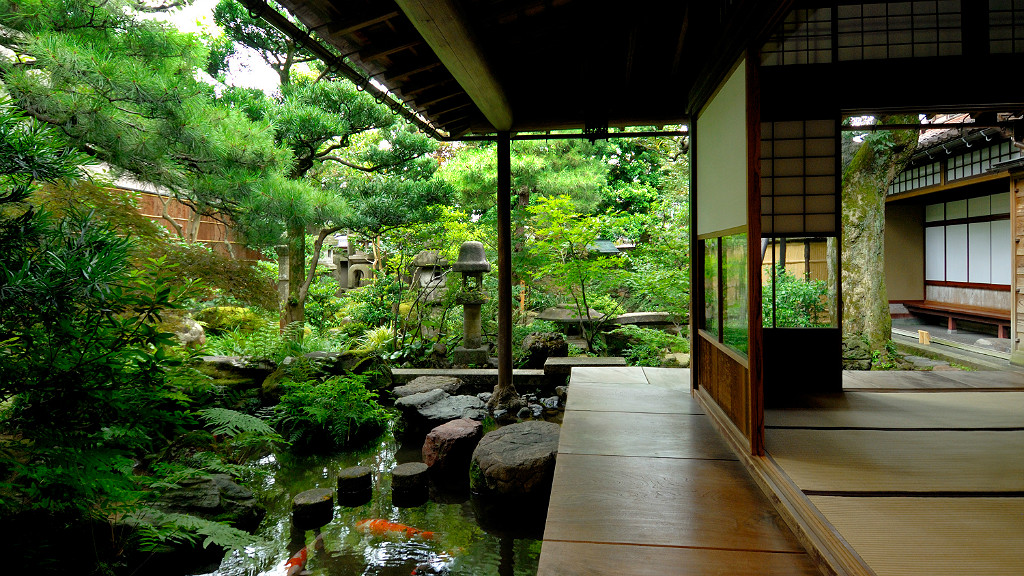 Nagamachi
Nagamachi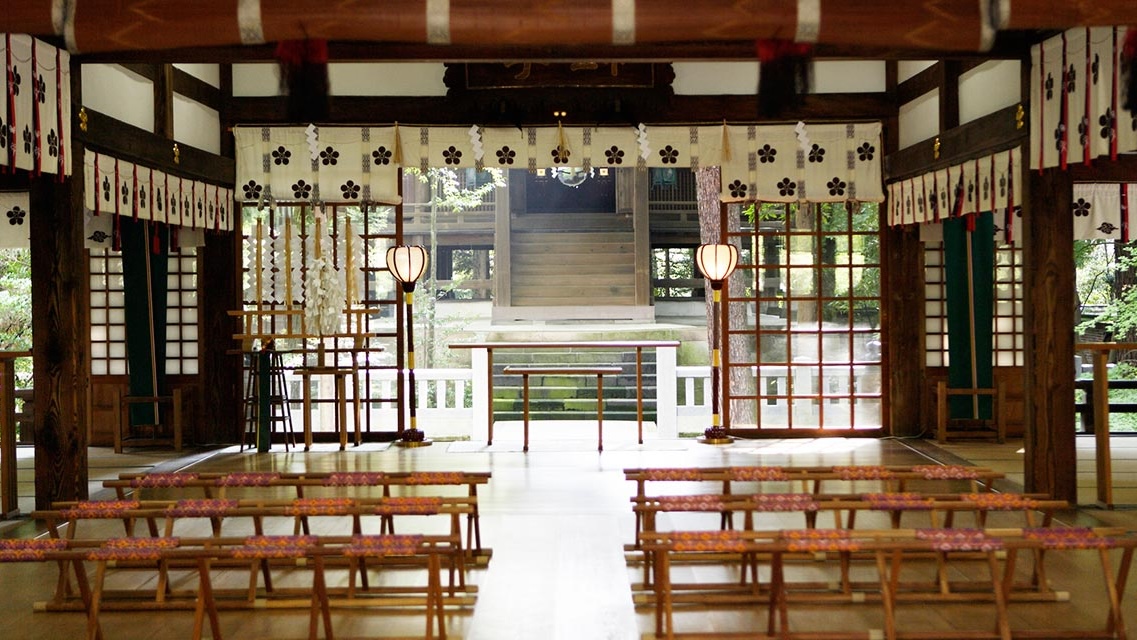 Oyama Shrine
Oyama Shrine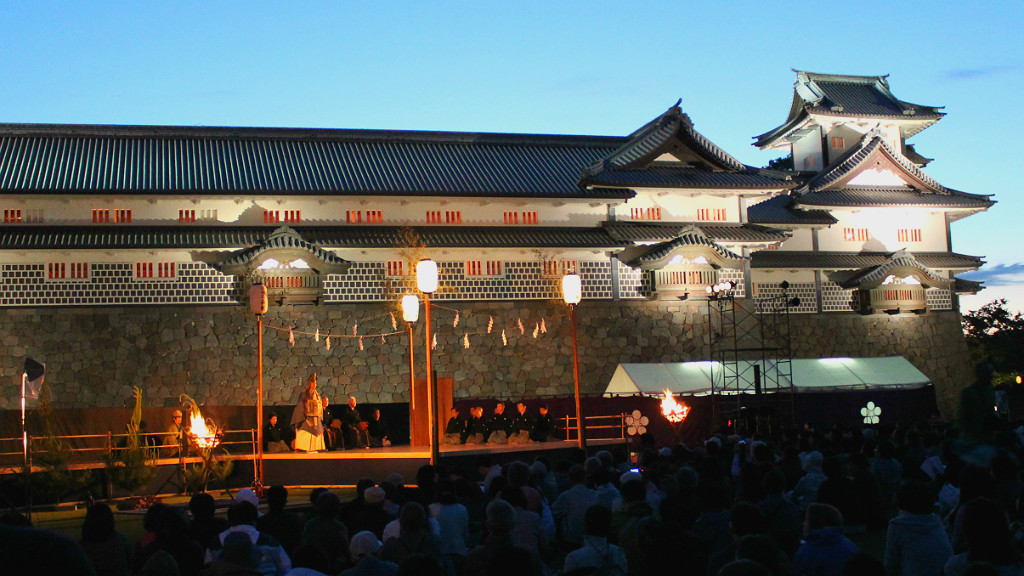 Kanazawa Castle
Kanazawa Castle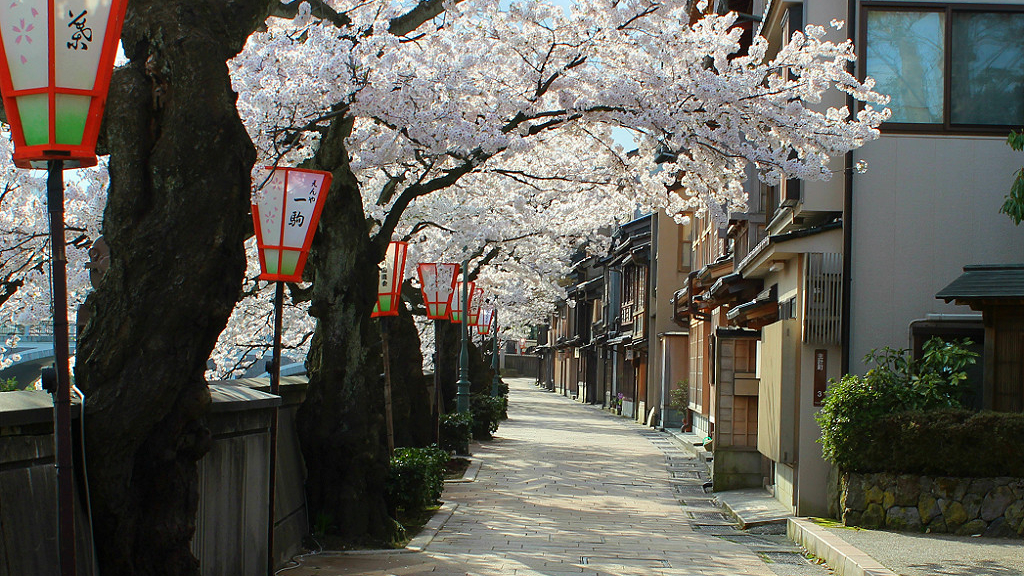 Kazue-machi
Kazue-machi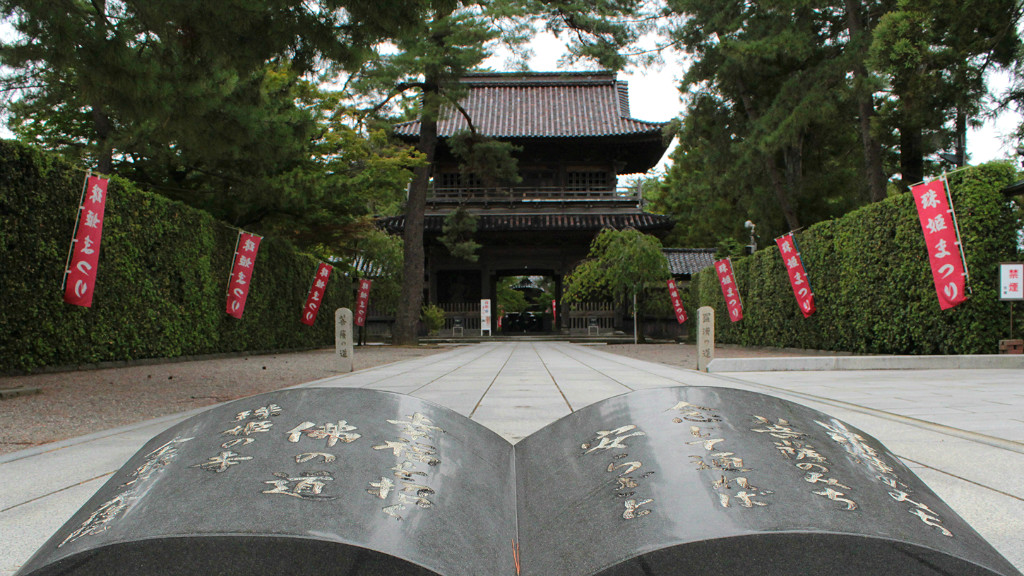 Tentokuin
Tentokuin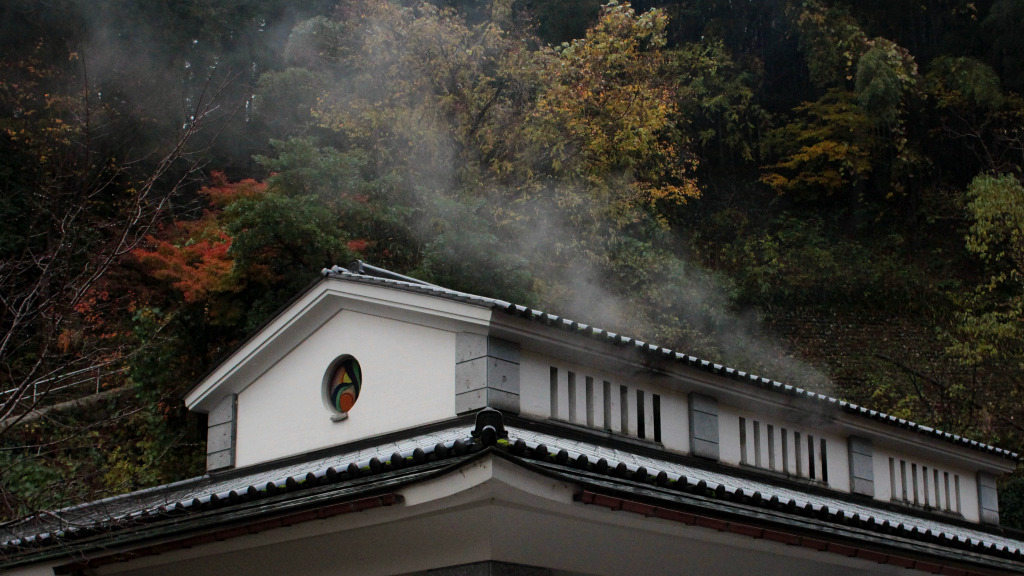 Yuwaku Onsen
Yuwaku Onsen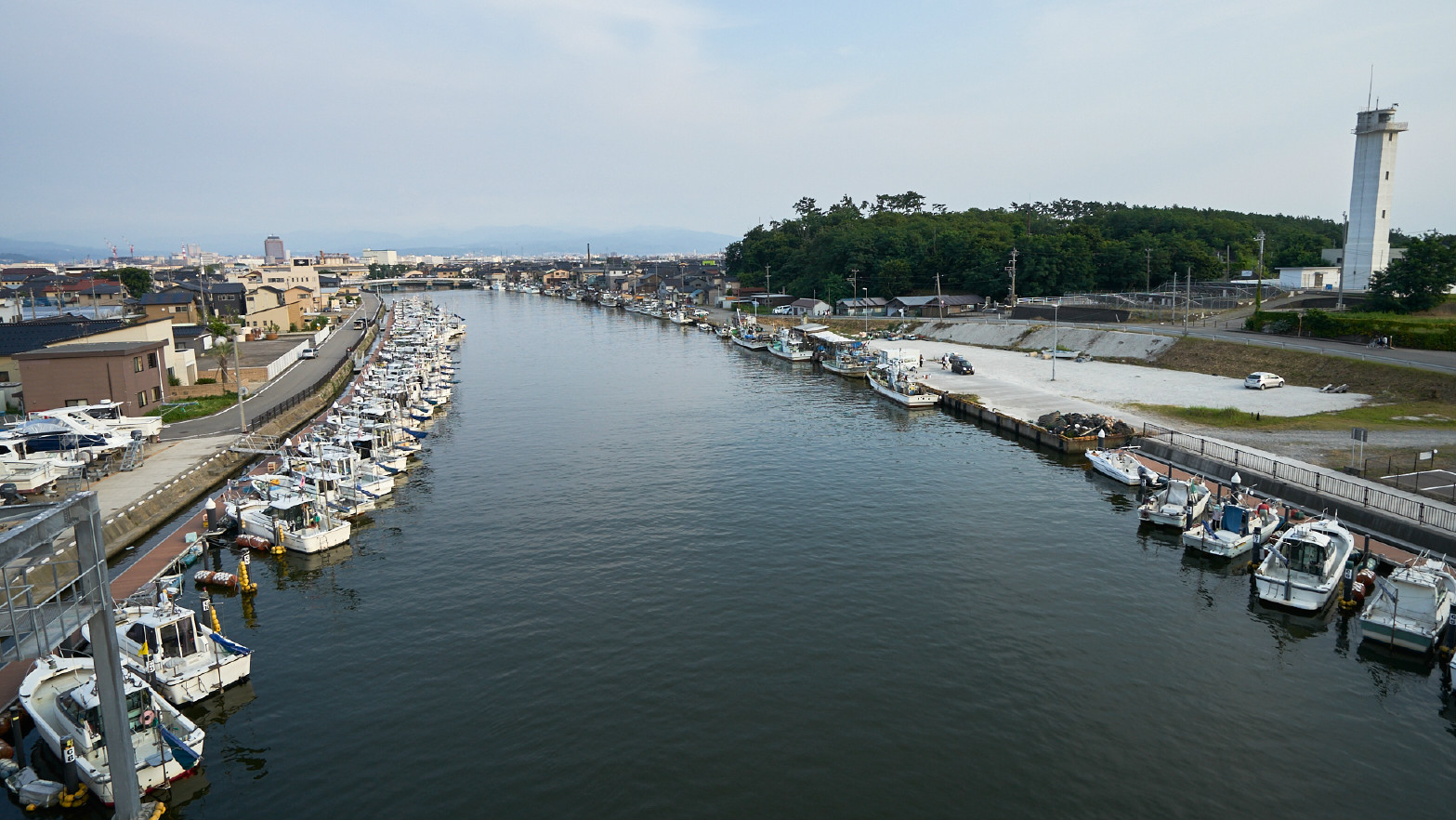 Ono-machi
Ono-machi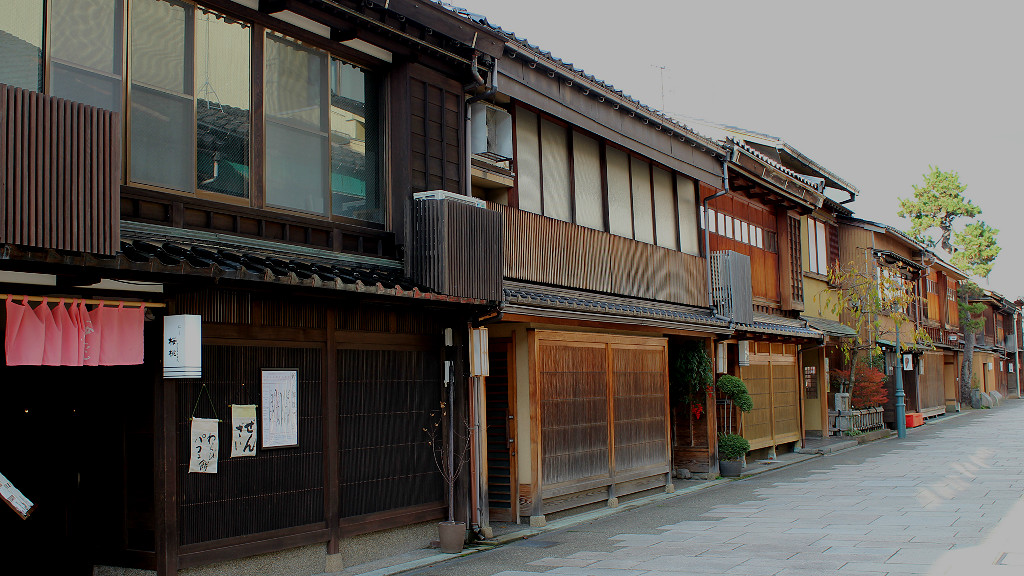 Nishi Chaya Gai
Nishi Chaya Gai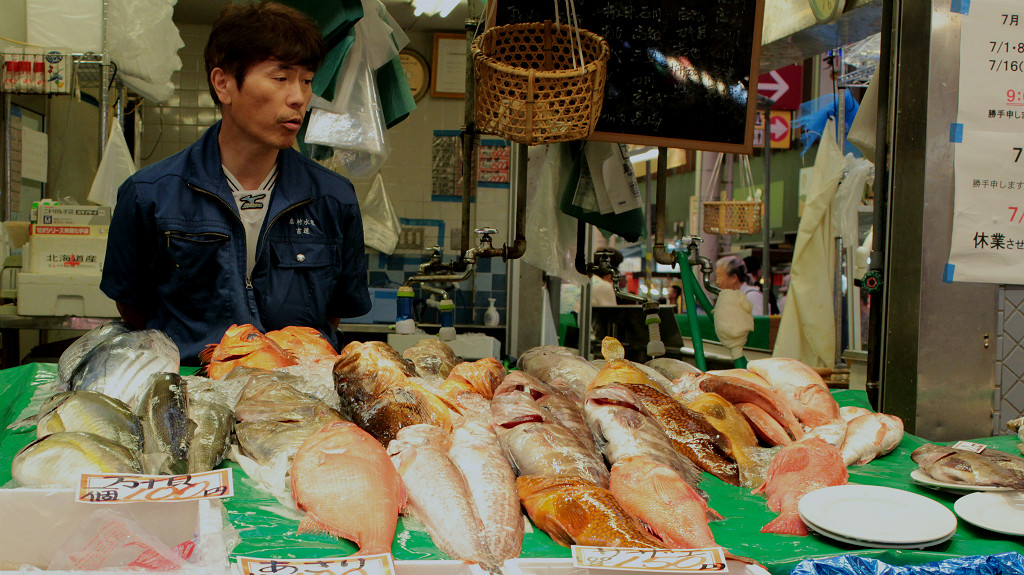 Omicho Market
Omicho Market